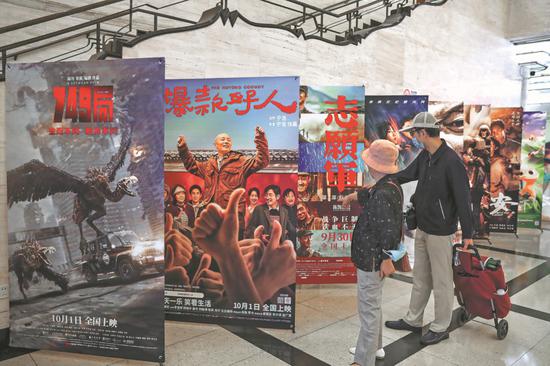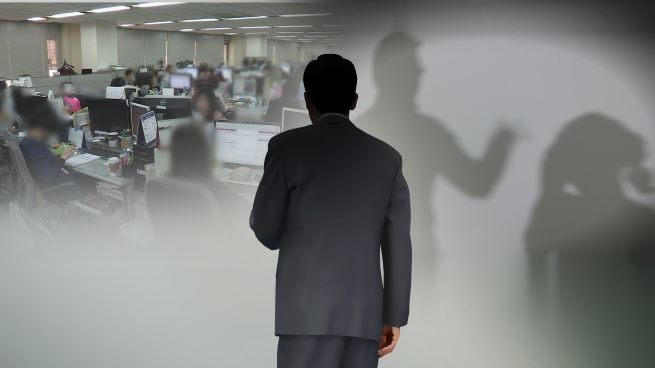
The rape of an Indigenous schoolgirl in Khagrachhari allegedly by a teacher, who was beaten to death by members of Indigenous communities, sparked another wave of violence and confrontation between Paharis and Bangalees. The clashes are a sequel to the incidents that happened two weeks ago when a Bangalee in Khagrachhari was killed by a mob on suspicion of stealing a motorcycle. The individuals who killed him were all Bangalees.
But a rumour started spreading that the murder was carried out by Paharis resulting in a spree of arson attacks and vandalism of Indigenous people's homes and shops, and the killing of at least four Indigenous people in Rangamati and Khagrachhari. But let us come back to the sexual assault of a female school student allegedly by a teacher who had a track record of abusing students. According to news reports, Abul Hasnat Muhammad Sohail Rana, the teacher, had been arrested in a case of attempted rape of a 10th-grader in February 2021.

After his release, he returned to work at the same school despite protests from other students. Earlier in 2018, a Kushtia school's investigation found that Rana had sexually harassed several students, according to local media reports. Why did the authorities of the Khagrachhari school reinstate someone who not only had a sexual assault allegation on record in the same school, but had been transferred from the Kushtia school where similar allegations had been raised against him? What kind of influence did he have to secure transfers and reappointments after being known for his predatory behaviour? The obvious conclusion one can come up with is that the school authorities simply did not care about the safety of its female students, many of whom are from Indigenous communities.
They did not care even when students protested Sohail Rana's return after he got out of jail. The most logical action by any school authorities would have been an outright dismissal. There have been numerous incidents of female students being sexually assaulted, harassed, and even raped by teachers all over the country.
Only in the case of some much-publicised cases has justice been served. But this particular incident has a racial dimension to it and exposes the added vulnerability of young women and girls when they belong to Indigenous communities. Sexual violence that includes abduction and rape of Indigenous women and girls by non-Indigenous perpetrators is a well-known, under-reported "secret.
" A report published by Kapaeeng Foundation in 2018 estimates 56 Indigenous women being sexually or physically assaulted in the previous year by 75 alleged perpetrators, most of them non-Indigenous. Fear of repercussion, lack of access to legal justice, and a discriminatory attitude of the administration make sure that the silence is not broken. As a result, most incidents do not get reported in the media and very little data exists on this issue.
In the Chittagong Hill Tracts (CHT) region, sexual violence against women and girls is often weaponised to further marginalise Indigenous communities and grab their lands. In January 2018, during a joint raid in a village in Rangamati, security forces allegedly attacked two Marma teenage sisters , raping one of them and sexually assaulting the other. The two sisters were admitted to the hospital and kept under strict surveillance.
On February 15, 2018, members of security forces took the sisters out of the hospital in the name of handing them over to their parents. When Rani Yan Yan, adviser to the Chakma Raja who had been looking after the sisters along with her volunteers, tried to stop them, she was physically attacked. Thus, the fact that a teacher with a track record of abuse enjoyed the impunity of returning to his profession and repeating the same crime is part of the general allowances accorded to criminals when the victims are Indigenous, and the perpetrators are non-Indigenous or connected to the state machinery.
That the rape of a school student led to the death of the accused teacher at the hands of Indigenous people reveals the level of hostility between the two sides. It goes without saying, however, that power is tilted heavily on the non-Indigenous, majoritarian side. These incidents are a consequence of the non-implementation of the CHT Accord of 1997, which promised to protect and ensure the rights of the Indigenous people of the region, including the right to their own land and the right to live as equal citizens of the country.
Until the accord is fully adopted, the interim government's task is to protect the Indigenous communities, especially their female members, with full cooperation of the security forces and administration. Those responsible for the violence and attacks on the Indigenous communities must be caught and meted out justice, regardless of who they are. Aasha Mehreen Amin is joint editor at The Daily Star.
Follow T he Daily Star Opinion on Facebook for the latest opinions, commentaries and analyses by experts and professionals. To contribute your article or letter to The Daily Star Opinion, see our guidelines for submission ..














